Origin of cashew tree - Original characteristics & Process of introduction to the world
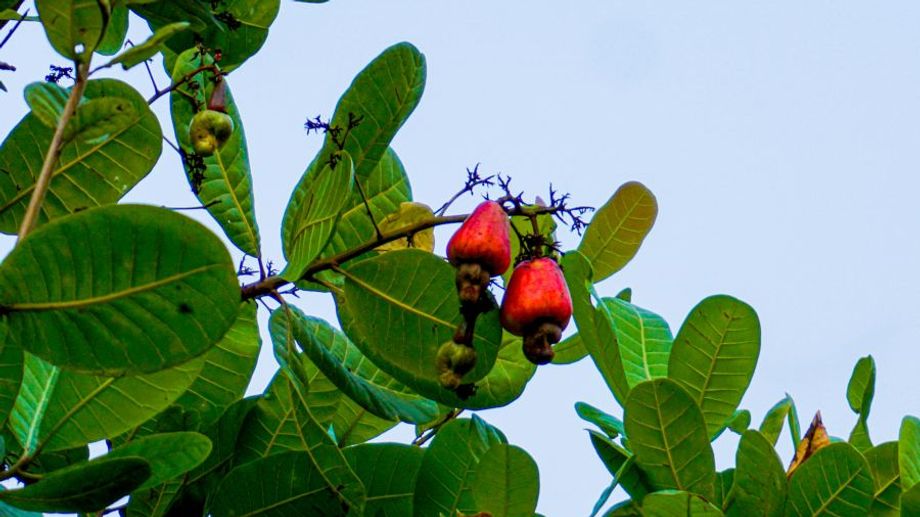
Mục lục
Cashews are a type of nut that is loved by many people because of their delicious and attractive flavor. Besides, cashews also bring some very good uses for health. So where do cashews come from? What varieties of cashews are there? Which cashews are the best in the world? Let's find out and answer those questions in the article below!
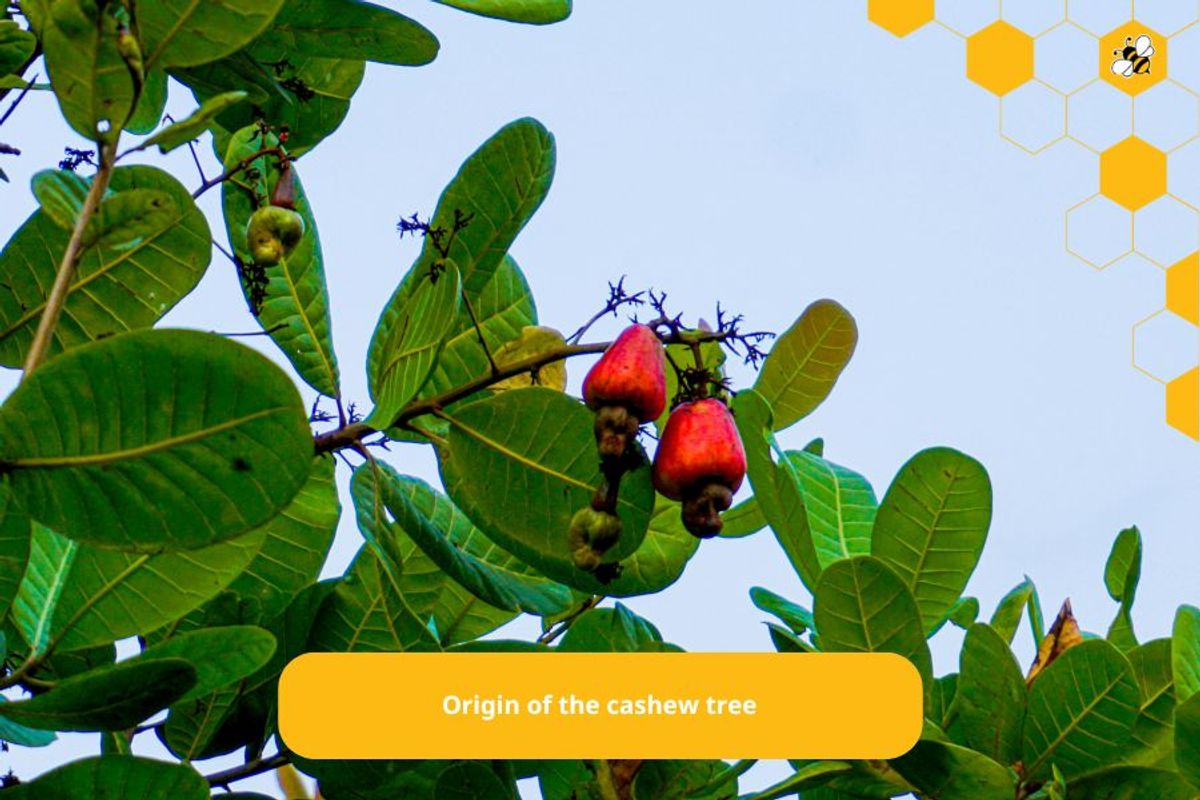
Origin of the cashew tree
Cashew trees, also known as cashew nuts (Anacardium occidentale), originated in the northeastern regions of Brazil. Cashew trees grow wild on beaches and in some wastelands. Since the early 16th century, cashew trees have been brought by the Portuguese to India, Malaysia, and some countries in East Africa. Today, cashew trees are widely grown in tropical countries in Asia. Cashew trees are often grown in tropical climates, with coordinates from 30 degrees North to 30 degrees South. Cashew trees are widely grown in more than 50 countries and the countries with the most cashew trees are Sri Lanka, India, Nigeria, Mozambique, Malaysia, Philippines, Tanzania, Brazil, Kenya...
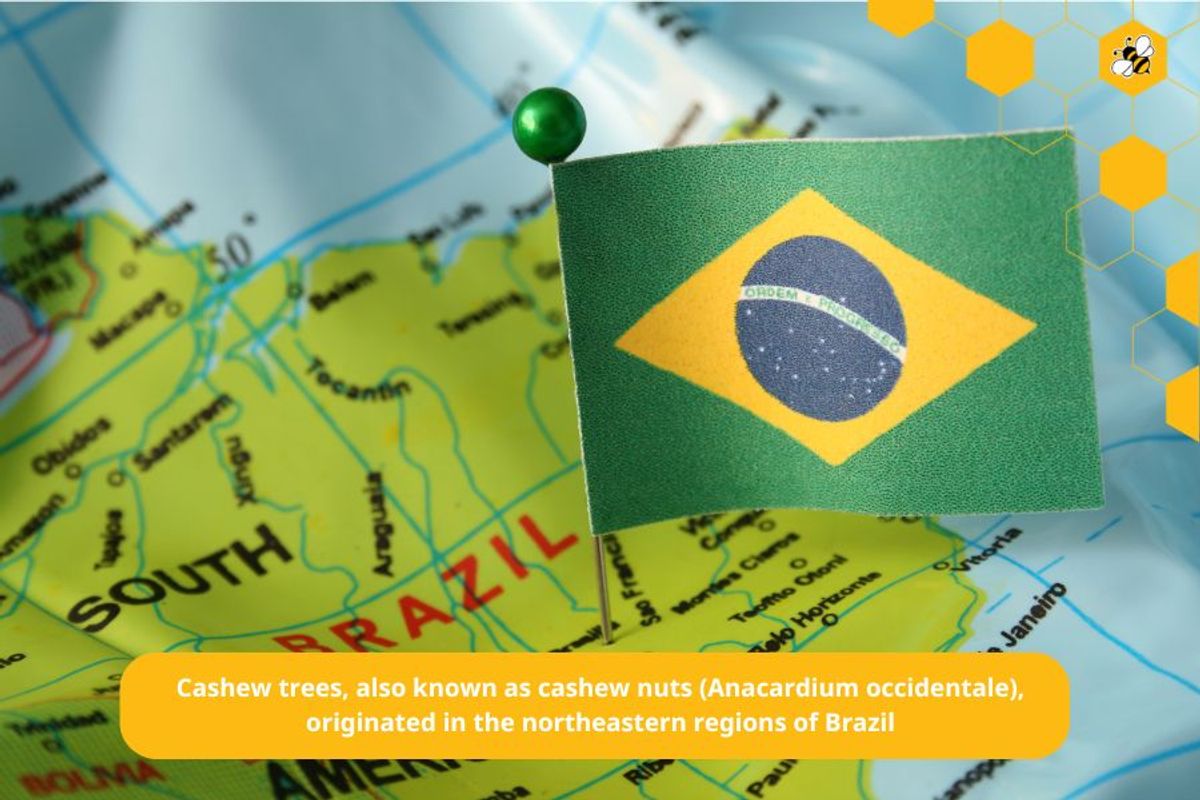
Original characteristics of the cashew tree
The cashew tree, also known as cashew (scientific name: Anacardium occidentale), belongs to the Anacardiaceae Family. In Vietnam, many people know this tree as the “cashew tree”. This is one of the perennial industrial trees with high economic value in the Central Highlands and Southeast regions. Below are some of the original characteristics of the cashew tree:
Trunk and Branches
The trunk and branches of the cashew tree often contain a lot of sap.
The tree's canopy grows in an umbrella shape, so the tree has a fairly large shade.
The cashew tree loves light, so it grows quickly in cool, sunny areas.
The tree's canopy grows in an umbrella shape, so the tree has a fairly large shade.
The cashew tree loves light, so it grows quickly in cool, sunny areas.
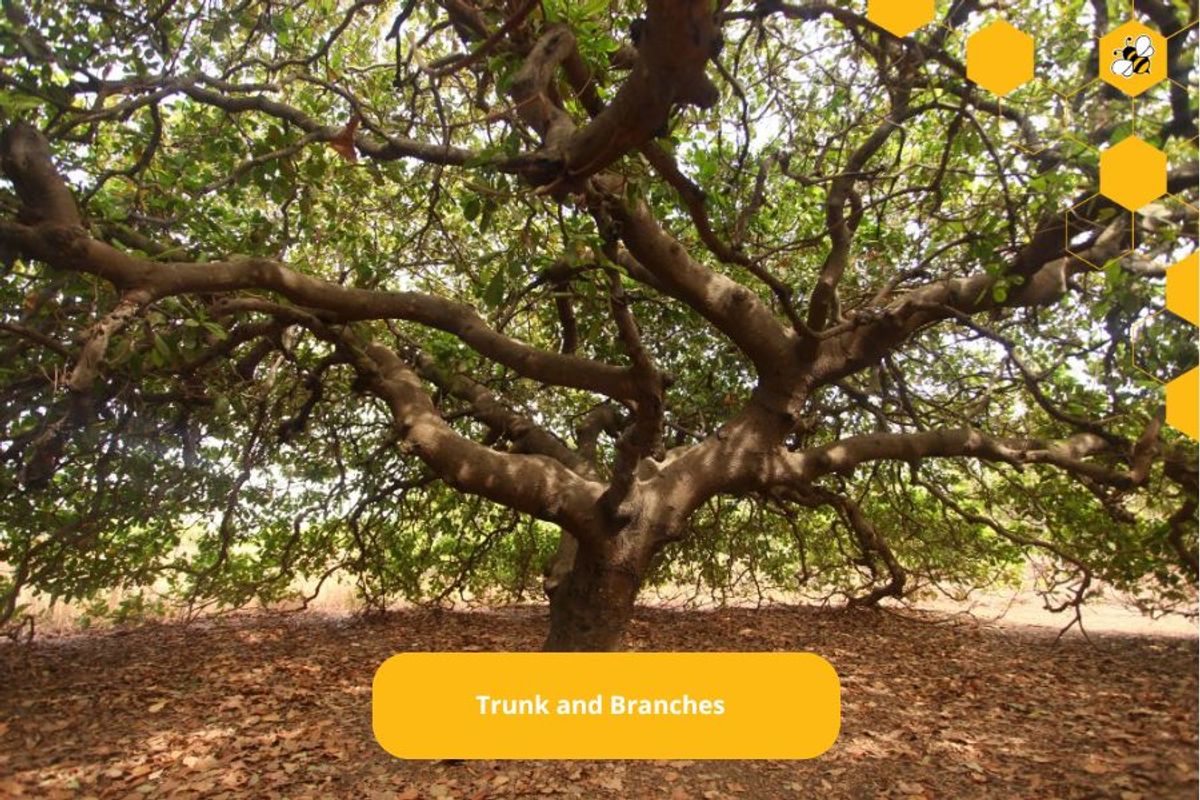
Leaves
Cashew leaves usually grow mainly at the tips of branches.
The leaves are oval, about 10 – 20cm long and about 5 – 10cm wide.
The underside of the leaves has prominent veins.
The leaves are oval, about 10 – 20cm long and about 5 – 10cm wide.
The underside of the leaves has prominent veins.
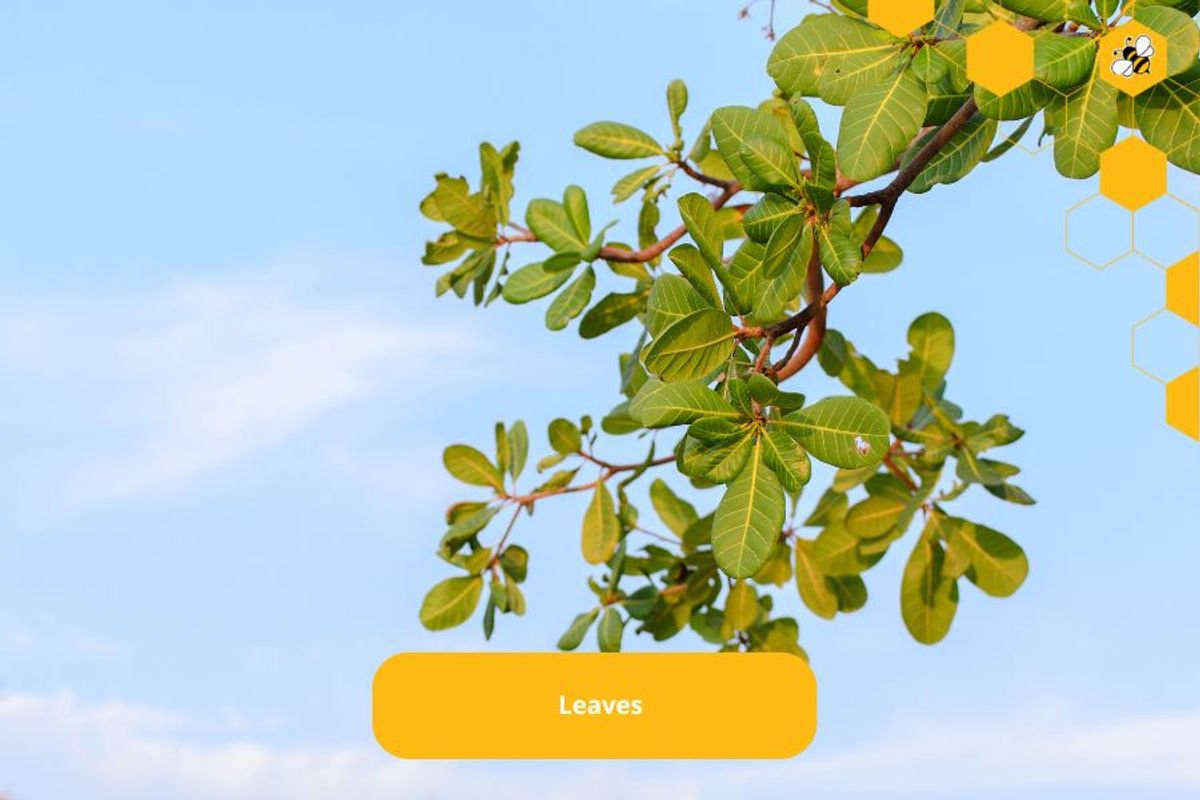
Roots
The roots of the cashew tree are taproots.
The tree grows quite deep into the ground, depending on soil conditions, the roots can grow tens of meters or just a few meters.
The tree grows quite deep into the ground, depending on soil conditions, the roots can grow tens of meters or just a few meters.
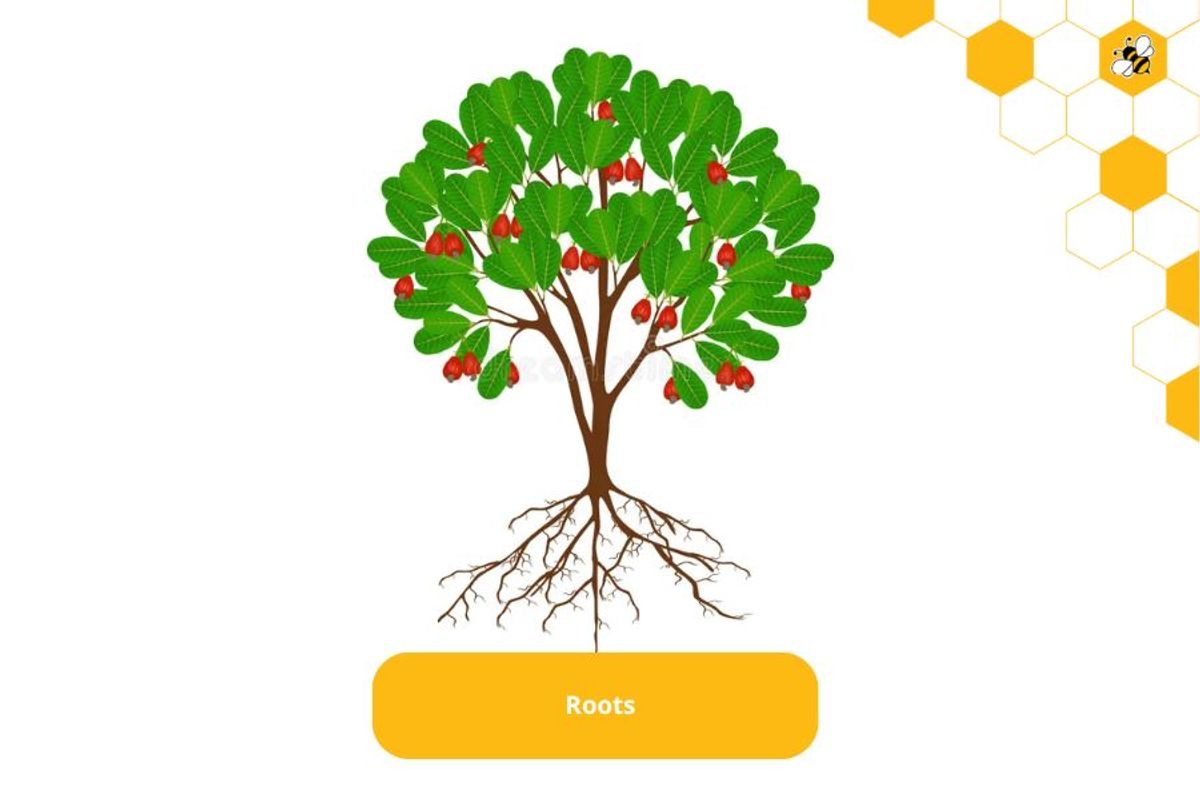
Cashew trees grow quite fast and usually reach a height of 8-12m, in some cases up to 20m. This tree species originated in the state of Ceara, Brazil, and there are still many large cashew-growing areas in this region. Since 1558, cashew trees have been recorded in the botanical book “The Oddities of Antarctic France otherwise known as America and of many lands and islands discovered in our times” by the French monk Thevet1.
Cashew is a unique fruit that can be used in both hot and cold seasons and is even considered by many to have a more fragrant smell than almonds. In Vietnam, cashew trees were introduced in the early 18th century and today have become one of the trees with the third largest planting area and export output in the world.
Cashew is a unique fruit that can be used in both hot and cold seasons and is even considered by many to have a more fragrant smell than almonds. In Vietnam, cashew trees were introduced in the early 18th century and today have become one of the trees with the third largest planting area and export output in the world.
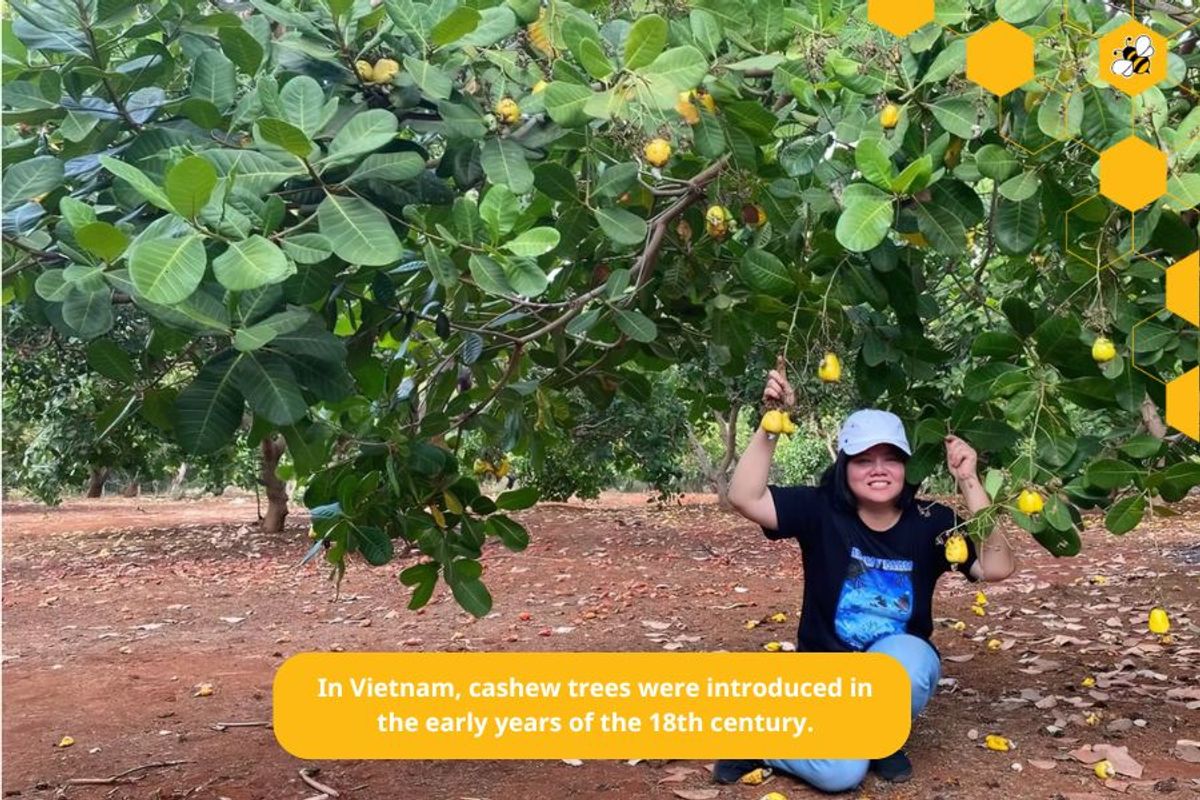
The history of cashew tree introduction to different parts of the world
The cashew tree (also known as cashew, scientific name: Anacardium occidentale) originated from northeastern Brazil. Since the 16th century, the Portuguese have brought cashew trees to grow in India, Malaysia, and some East African countries. Currently, this tree has been widely grown in tropical climates around the world to get cashew nuts processed as a main food. Cashew nutshell oil (CNSL) is also used for valuable by-products.
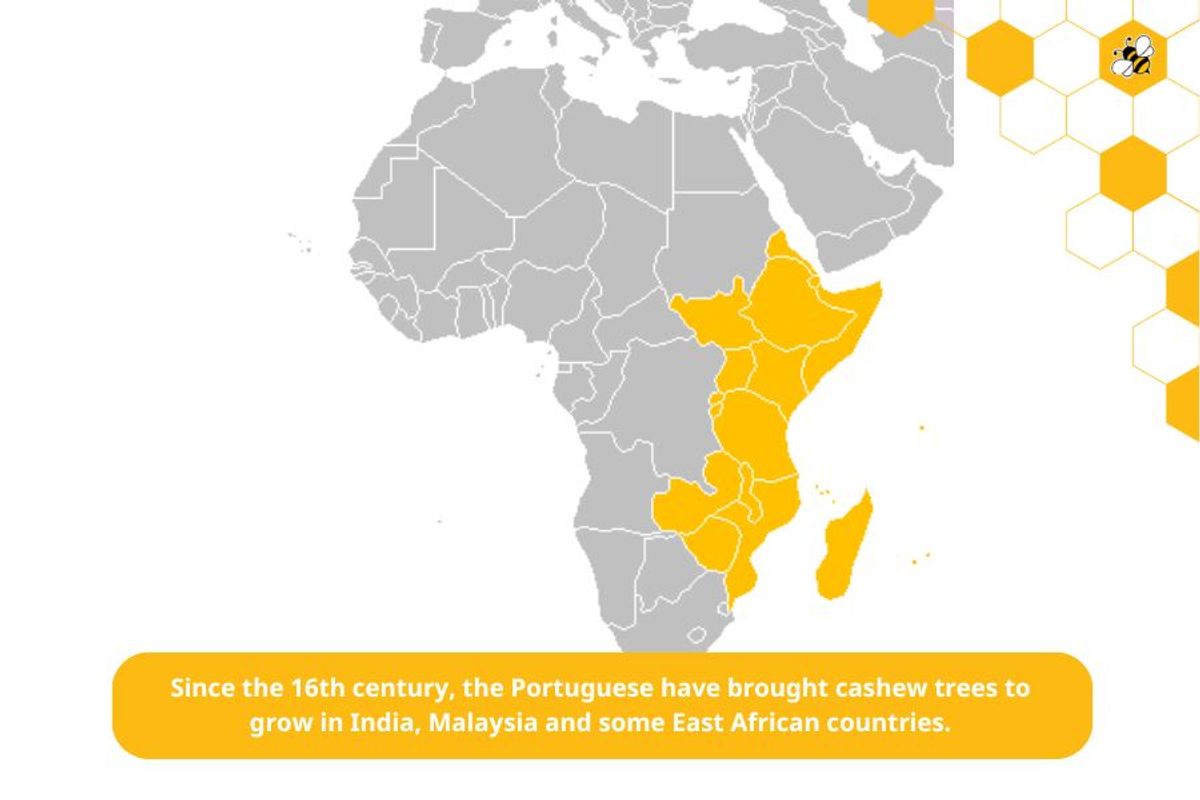
In Vietnam, cashew trees were introduced in the 1980s and have since become a multi-purpose industrial crop. Cashew trees are widely grown in the provinces of the Southeast, Central Highlands, and South Central Coast, including provinces such as Binh Phuoc, Dong Nai, Ba Ria - Vung Tau, Binh Thuan, Lam Dong, Dak Lak, and Dak Nong. Since 2006, Vietnam has become the world's leading exporter of cashew nuts and the third country with the largest cashew growing area after India and Ivory Coast.
Characteristics of popular cashew varieties today
Here are some characteristics of popular cashew varieties in Vietnam:
PN1 cashew variety
Young leaves are purple, when old the leaves are darker green.
Young fruit is green, ripe yellow.
Young seeds are purple, ripe will turn gray, thin shells.
The average yield is about 2.5 tons to 3 tons/ha.
Seed size: will be 160 to 180 seeds/kg, kernel ratio is from 26 - 28%.
Widely adapted to the climate of the Central Highlands and Southeast.
Young fruit is green, ripe yellow.
Young seeds are purple, ripe will turn gray, thin shells.
The average yield is about 2.5 tons to 3 tons/ha.
Seed size: will be 160 to 180 seeds/kg, kernel ratio is from 26 - 28%.
Widely adapted to the climate of the Central Highlands and Southeast.
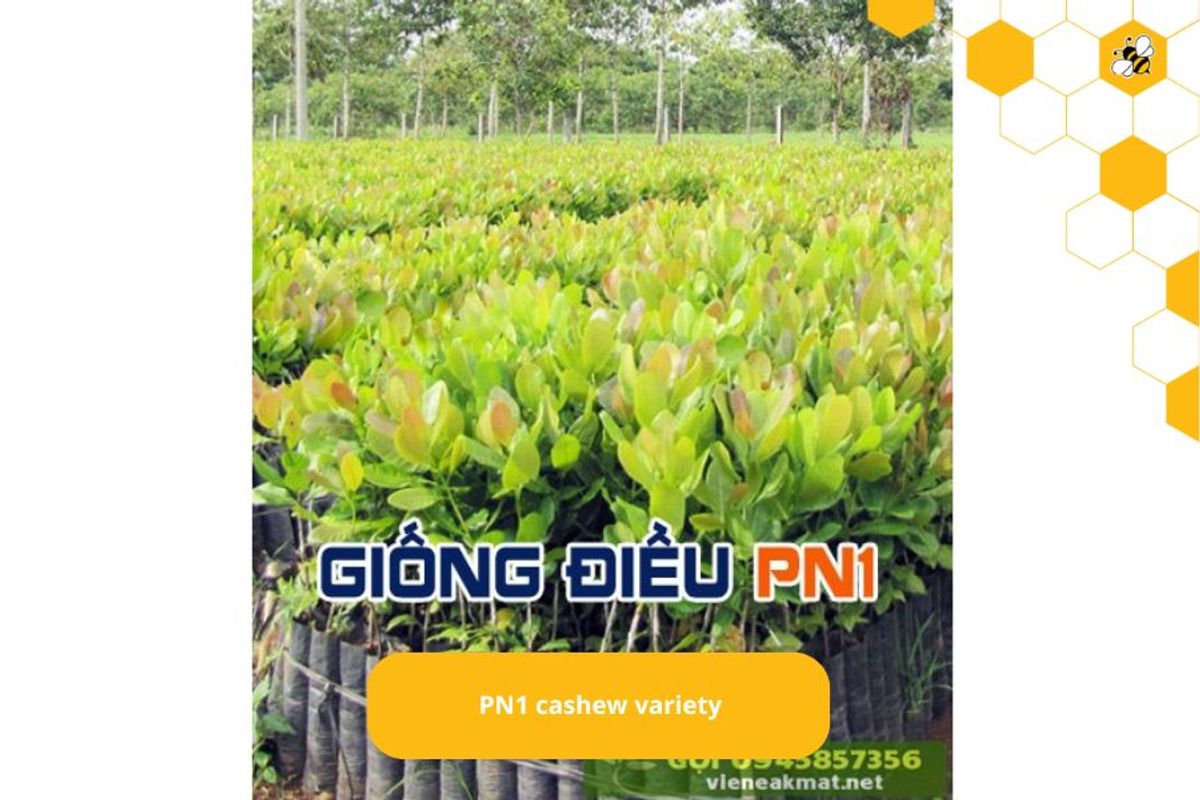
Cashew variety AB0508
The tree produces many batches of flowers and can be harvested many times during the season.
Cashew nuts have thin shells and, a kernel ratio of 29 - 32%.
The average yield is 3-4 tons/ha, in some cases up to 6-8 tons/ha.
Kind size: 140 - 150 nuts/kg.
Cashew nuts have thin shells and, a kernel ratio of 29 - 32%.
The average yield is 3-4 tons/ha, in some cases up to 6-8 tons/ha.
Kind size: 140 - 150 nuts/kg.
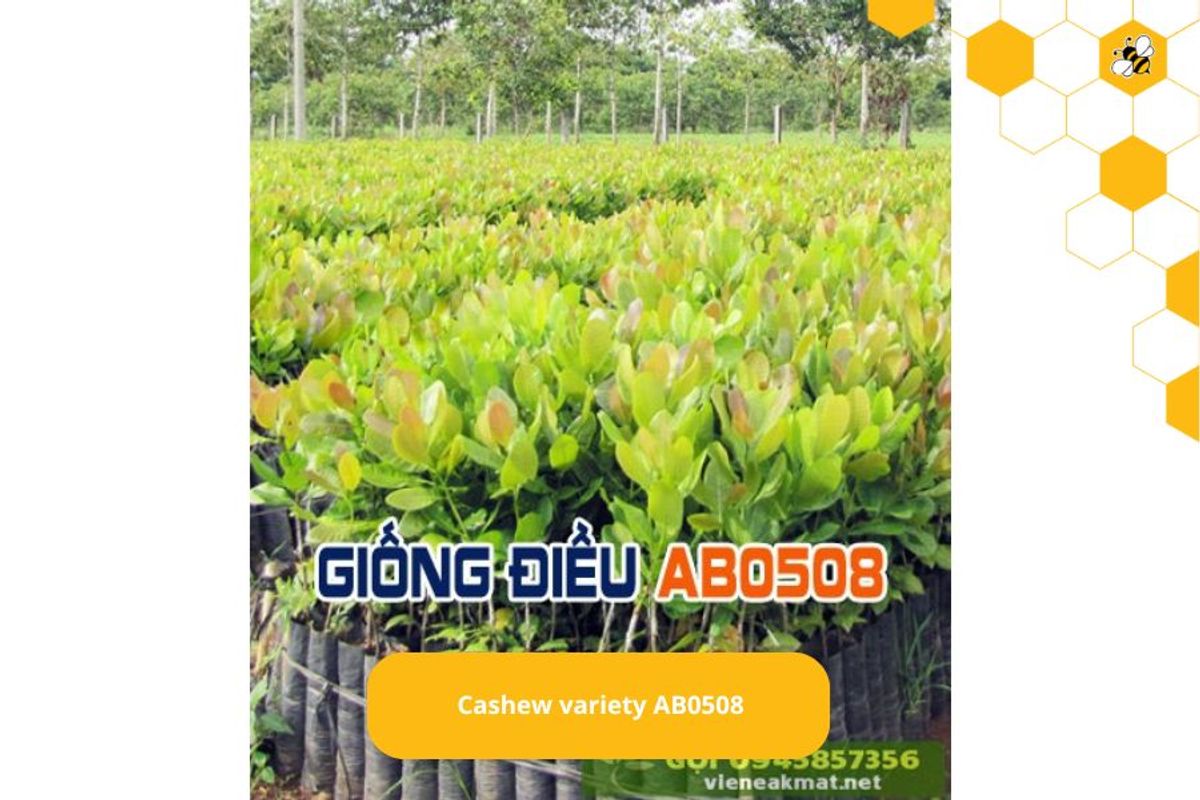
High-yield cashew variety PN1
Young leaves are purple-red, and old leaves are dark green.
The ripe fruit is yellow.
Young seeds are purple, when ripe they turn gray, thin shells.
The average yield is about 2.5 tons to 3 tons/ha.
Seed size: from 160 - 180 seeds/kg, kernel ratio is from 26 - 28%.
Remember to choose the cashew variety suitable for growing conditions and production goals to achieve the best performance.
The ripe fruit is yellow.
Young seeds are purple, when ripe they turn gray, thin shells.
The average yield is about 2.5 tons to 3 tons/ha.
Seed size: from 160 - 180 seeds/kg, kernel ratio is from 26 - 28%.
Remember to choose the cashew variety suitable for growing conditions and production goals to achieve the best performance.

Which cashew variety is the best in the world?
Genuine Binh Phuoc cashews are usually grade A, called “luxury nuts” by experts. This is the best cashew in the world. Binh Phuoc cashews are W240 in size, meaning 240 nuts in 1 pound.
The best cashews in the world are often associated with Binh Phuoc cashews. This is a type of cashew that is highly appreciated for its quality and flavor. Binh Phuoc cashews have a uniform color from white, light yellow to light ivory, and after roasting, they are crispy, have a characteristic aroma mixed with a rich taste, and are easy to peel off the silk shell.
However, the flavor of cashews also depends on the origin and processing method. Cashews have many different origins, coming from many different countries, mainly Vietnam and Africa. Therefore, the flavor of cashews will also be different due to soil conditions, land, climate, and other natural factors that create different flavors.
The best cashews in the world are often associated with Binh Phuoc cashews. This is a type of cashew that is highly appreciated for its quality and flavor. Binh Phuoc cashews have a uniform color from white, light yellow to light ivory, and after roasting, they are crispy, have a characteristic aroma mixed with a rich taste, and are easy to peel off the silk shell.
However, the flavor of cashews also depends on the origin and processing method. Cashews have many different origins, coming from many different countries, mainly Vietnam and Africa. Therefore, the flavor of cashews will also be different due to soil conditions, land, climate, and other natural factors that create different flavors.
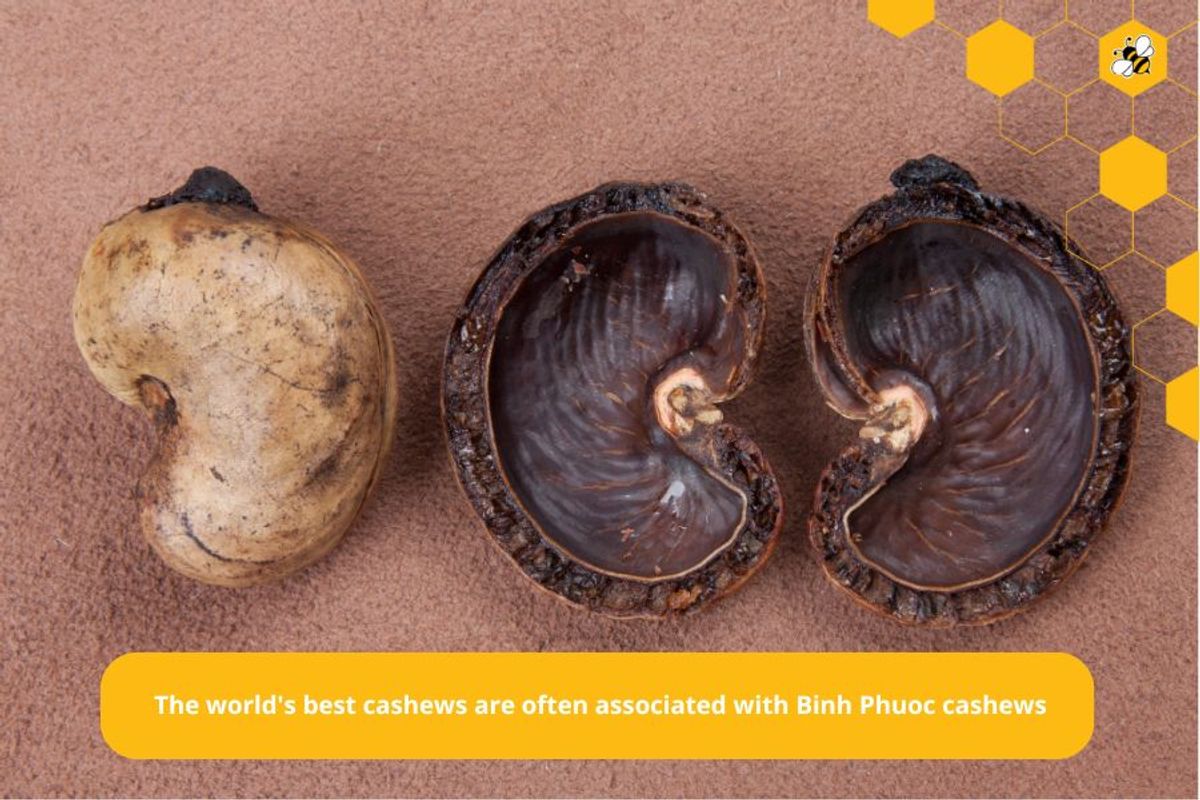
If you want to enjoy the best cashews, look for cashews roasted in Vietnam and use ingredients grown in Vietnam. This will ensure you have a rich and enjoyable flavor experience!
Summary
The above is all the useful information about cashew trees: origin, characteristics, cashew varieties, and the current status of cashew trees in Vietnam, hopefully, it will be helpful to you. Cashew trees are perennial industrial trees, have high economic value, and promise to bring a lot of profit.